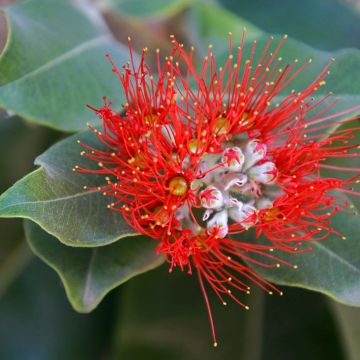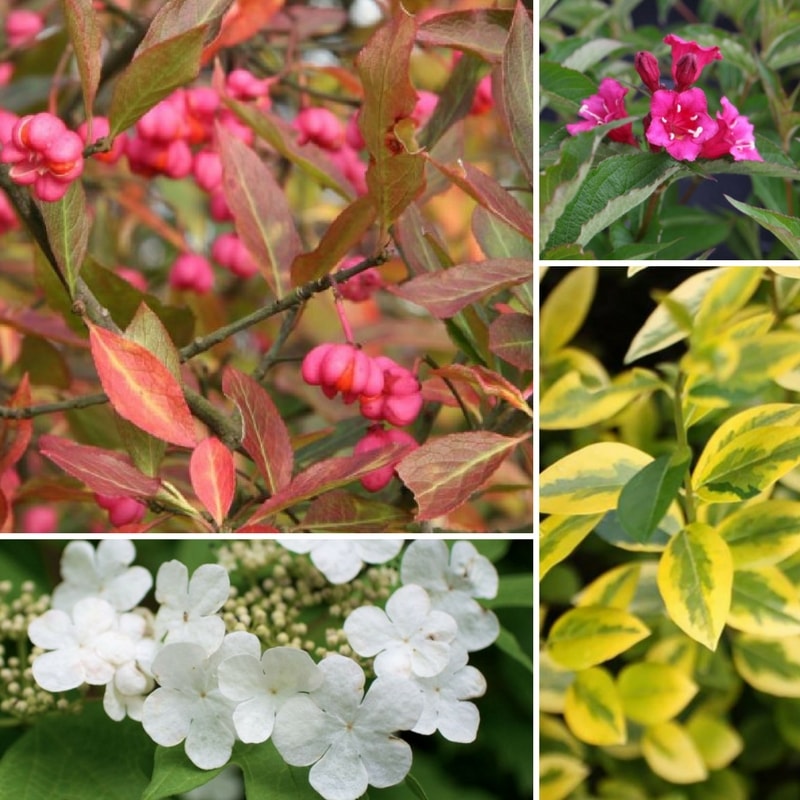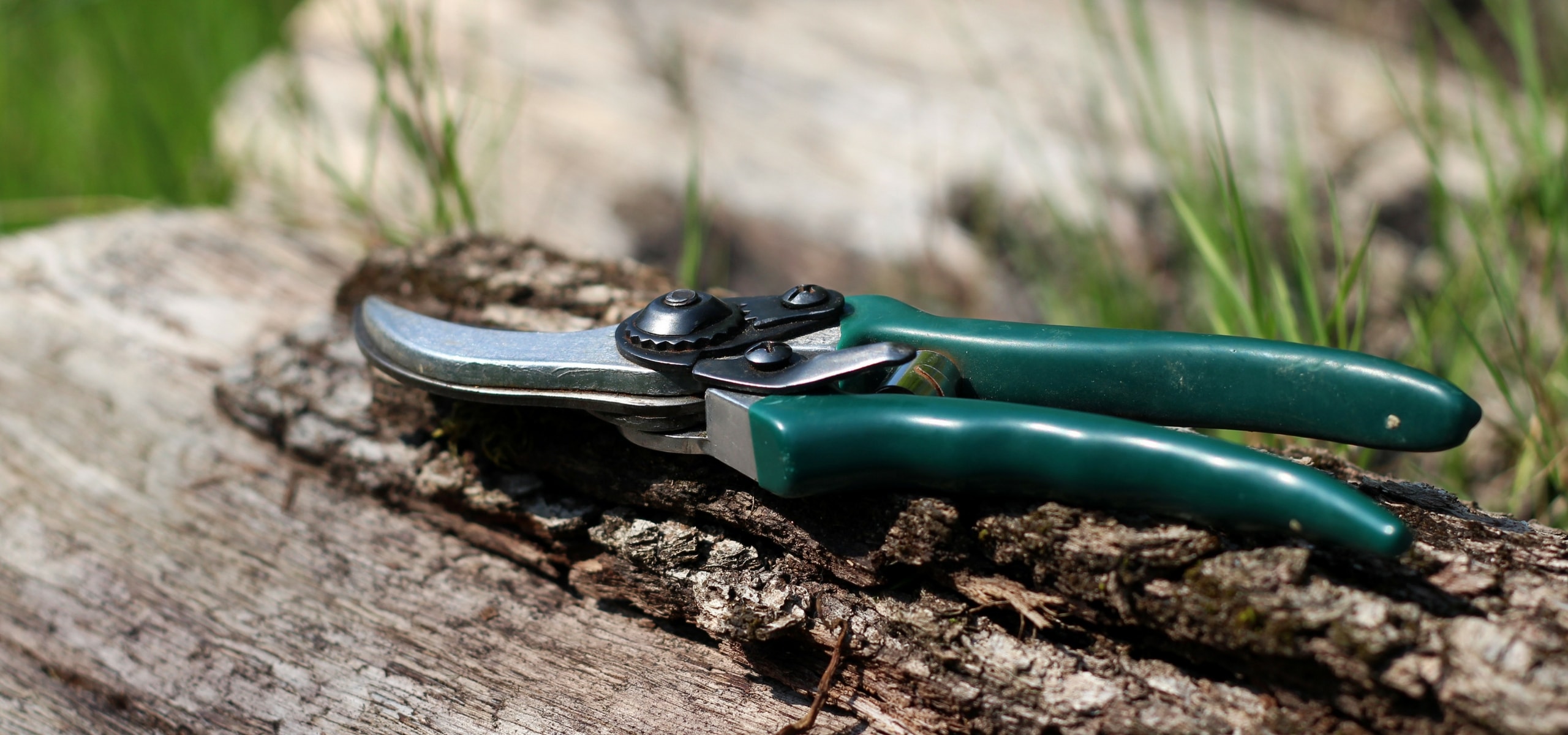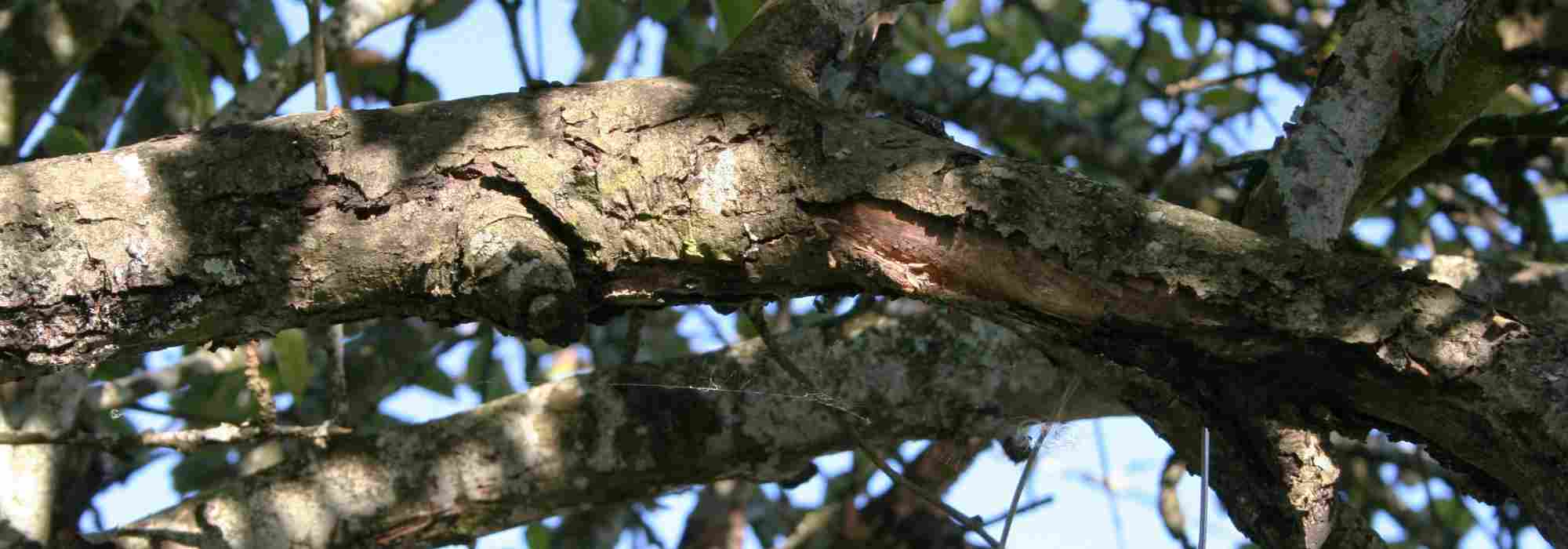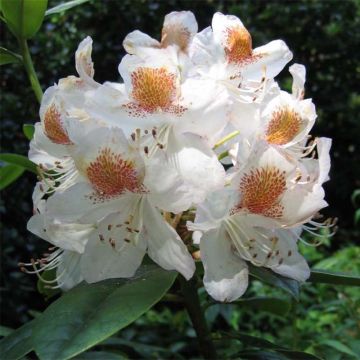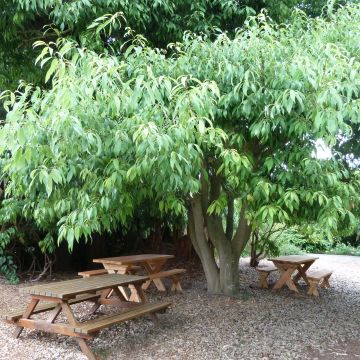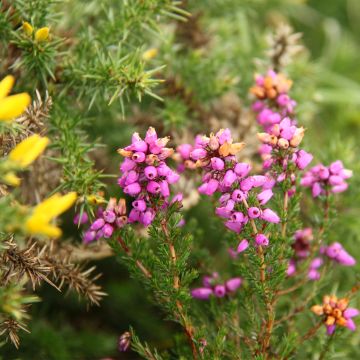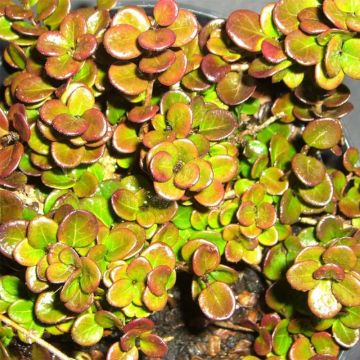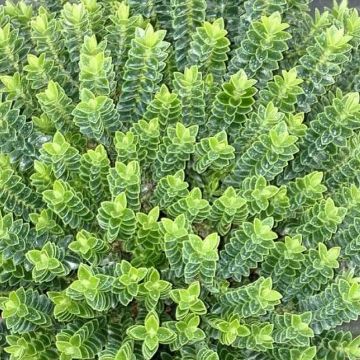

Xanthostemon chrysanthus - Golden Penda
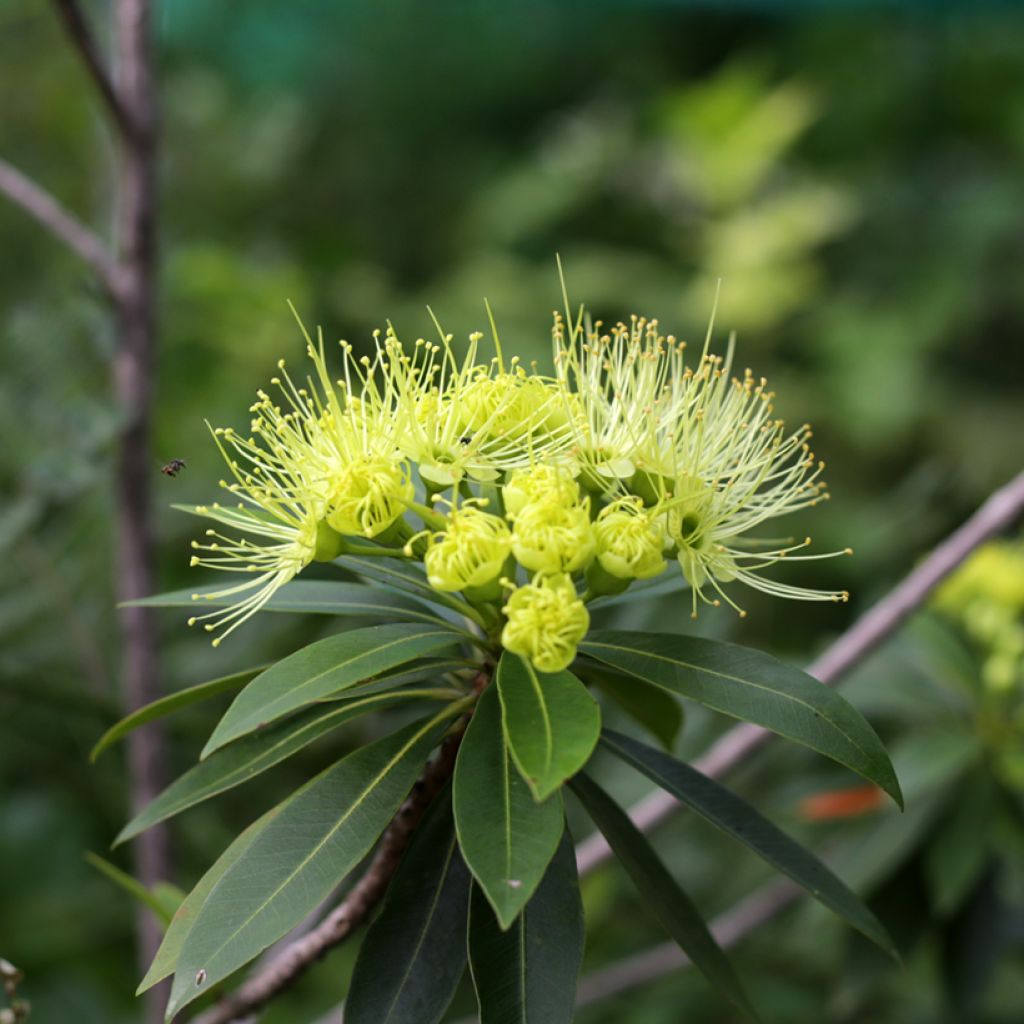

Xanthostemon chrysanthus - Golden Penda


Xanthostemon chrysanthus - Golden Penda


Xanthostemon chrysanthus - Golden Penda
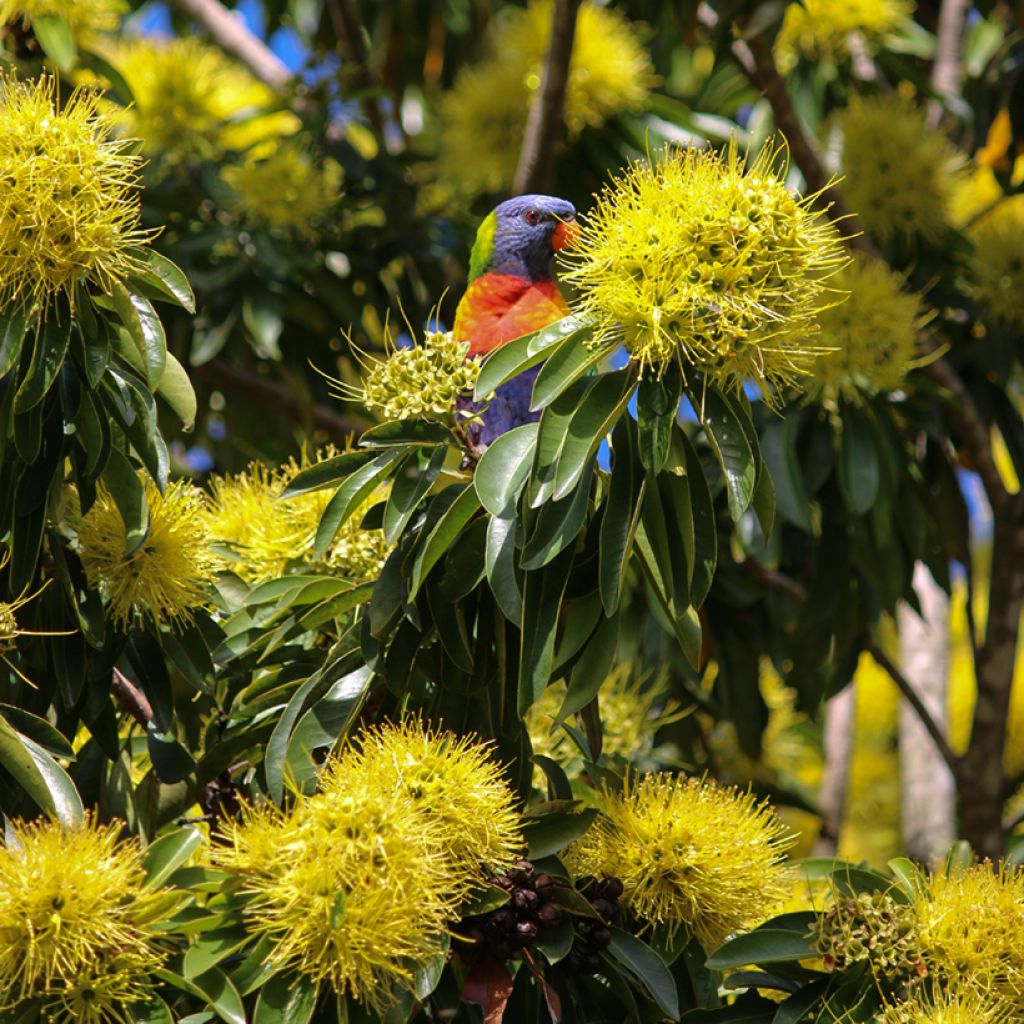

Xanthostemon chrysanthus - Golden Penda
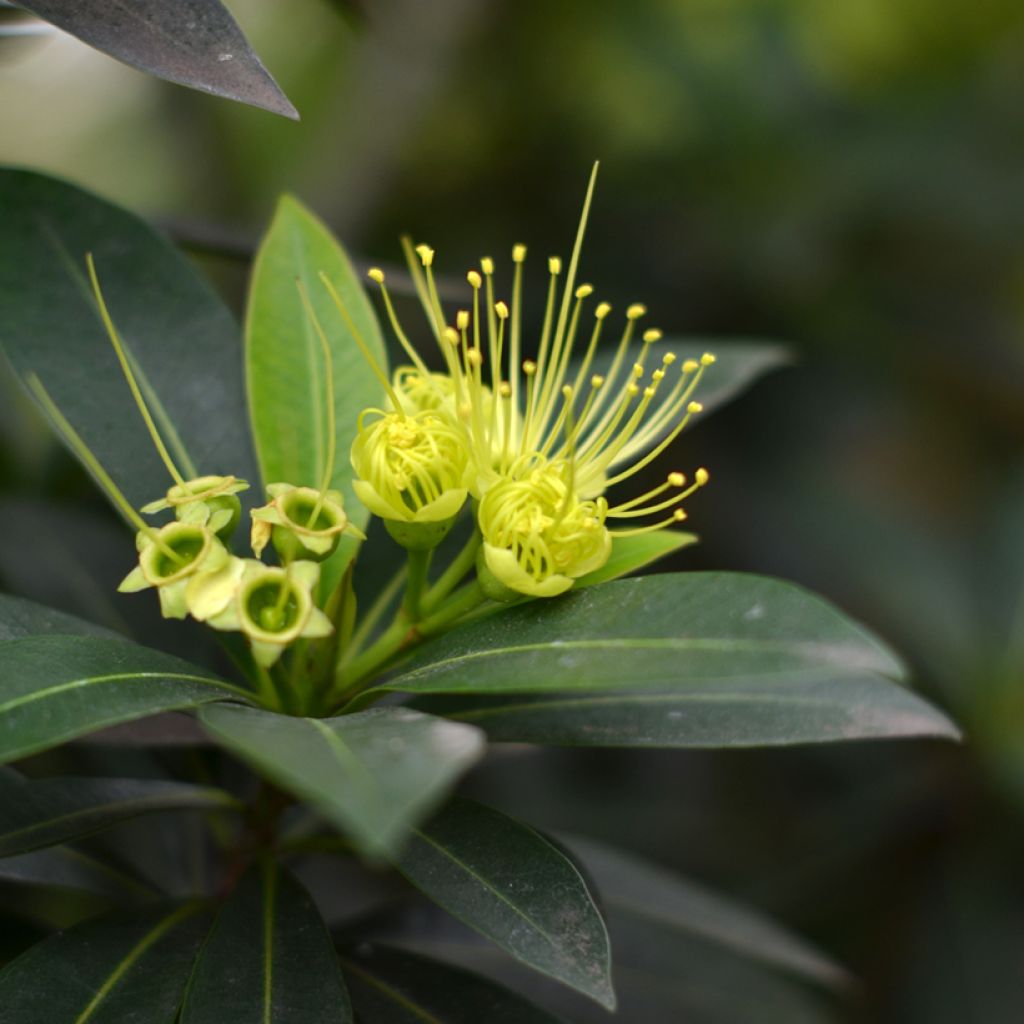

Xanthostemon chrysanthus - Golden Penda


Xanthostemon chrysanthus - Golden Penda
Xanthostemon chrysanthus - Golden Penda
Xanthostemon chrysanthus
Golden Penda Tree
Special offer!
Receive a €20 voucher for any order over €90 (excluding delivery costs, credit notes, and plastic-free options)!
1- Add your favorite plants to your cart.
2- Once you have reached €90, confirm your order (you can even choose the delivery date!).
3- As soon as your order is shipped, you will receive an email containing your voucher code, valid for 3 months (90 days).
Your voucher is unique and can only be used once, for any order with a minimum value of €20, excluding delivery costs.
Can be combined with other current offers, non-divisible and non-refundable.
Why not try an alternative variety in stock?
View all →This plant carries a 24 months recovery warranty
More information
We guarantee the quality of our plants for a full growing cycle, and will replace at our expense any plant that fails to recover under normal climatic and planting conditions.
Would this plant suit my garden?
Set up your Plantfit profile →
Description
Xanthostemon chrysanthus, the Golden Penda, is an evergreen tree native to Australia. Its beautiful evergreen foliage emerges in reddish tones before turning to a deep green, with a glossy surface that is highly attractive. However, its ornamental value lies primarily in its long summer flowering, composed of large, globular inflorescences of a striking golden yellow. It can only be cultivated in the ground in very mild areas. Elsewhere, it can be grown in containers to be overwintered in a frost-free, bright location.
Xanthostemon belongs to the Myrtaceae family, represented in our flora by Common Myrtle, and in our gardens by Bottlebrushes (Callistemon) with their striking brush-like flowers, or Eucalyptus with their decorative foliage. Still relatively unknown, Xanthostemon nevertheless comprises 47 species, native to a wide area ranging from Malaysia to New Caledonia, including the Philippines, Indonesia, and Australia. It is from this continental country that Xanthostemon chrysanthus originates. It is naturally found in the north and northeast of Queensland, a large state in northeastern Australia, where the climate is predominantly tropical to subtropical. In these regions, it grows in coastal rainforests, along waterways, and up to 1000 metres in altitude. It develops into a large tree reaching 25 metres in height, with an elongated silhouette, forming a more or less irregular cone in the wild. When cultivated in Australian gardens, it often adopts a more rounded, globular crown and smaller dimensions (10 metres in height or less, with a spread of 5 metres). The trunk is quite narrow, rarely straight, more frequently bendy, covered with a mottled grey bark and branched into fine lateral branches. These are adorned with alternate, elliptical to lanceolate leaves, measuring approximately 7 to 22 cm in length and 2 to 9.5 cm in width, borne on a short petiole of about 1 cm. They are leathery and emerge in quite attractive reddish tones on mature growth, with a glossy dark green upper surface and a lighter underside. In summer, large inflorescences known as cymes develop in the leaf axils, mainly at the tips of the shoots. Globular and reaching up to 15 cm in diameter, they consist of dozens of small golden yellow flowers enhanced by the dark background of the foliage. The calyx measures about 0.5 cm, the rounded petals 0.8 cm, and it is the numerous protruding stamens (20 to 25) that are most admired, as with most Myrtaceae, measuring 3.5 to 4 cm in length. The nectar-rich flowering lasts all summer (July to September in our northern hemisphere).
The "Golden Penda" will acclimatise in the most sheltered areas, where frost is virtually absent. Nevertheless, its planting remains a gamble, as the plant can only tolerate brief spells around 0°C and requires humidity that may be lacking in certain situations. Xanthostemon chrysanthus will then take on more of the appearance of a bush, 4 to 5 metres in height with a spread of 3 metres, and its flowering may be less spectacular than in its native country. Its growth will also be slower, and it will need to be planted in full sun, whereas it tolerates light shade in Australia.
In the few areas mild enough to attempt its cultivation in the ground, Xanthostemon chrysanthus will bring an irresistible tropical touch to the garden. Preferring neutral to acidic soils, you can pair it with Proteaceae, such as Leucadendron or Protea, whose equally exotic appearance will perfectly complement your Golden Penda. Slightly hardier, Brachychiton discolor will also integrate well into your exotic scene with its flamboyant pink flowering. Elsewhere, you can grow it in containers, especially as it tolerates pruning very well, and thus bring it indoors to a greenhouse or conservatory in winter.
Report an error about the product description
Xanthostemon chrysanthus - Golden Penda in pictures
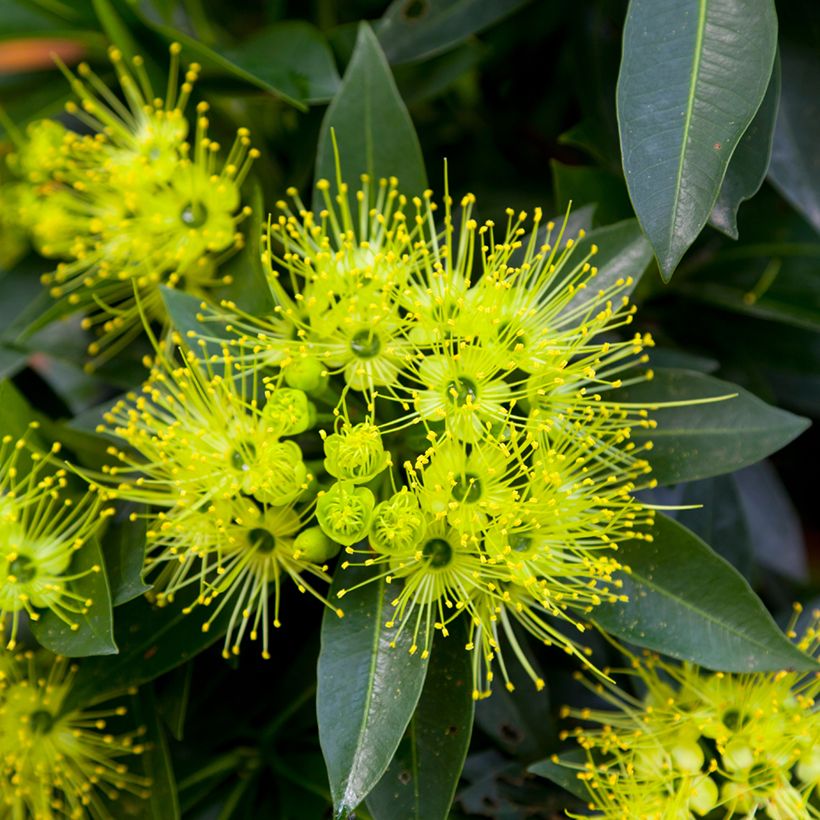

Plant habit
Flowering
Foliage
Botanical data
Xanthostemon
chrysanthus
Myrtaceae
Golden Penda Tree
Metrosideros chrysantha, Nania chrysantha
Australia
Other Metrosideros
View all →Planting and care
Xanthostemon chrysanthus will thrive in a neutral to acidic, rich, and humus-bearing soil, preferably remaining moist while being well-drained, as it cannot tolerate stagnant water. A well-rooted specimen can withstand short periods of drought. Its hardiness is very low, estimated between 0°C and -1°C, meaning only nearly frost-free areas can accommodate it for outdoor planting. It will then need full sun, sheltered from cold winter winds, ideally in a corner of a dry stone wall that will release stored heat during the night.
Elsewhere, it will be essential to grow it in a large pot to be stored indoors during winter, in a bright, airy, but unheated space. To shape it, you can prune the stems in autumn or after flowering to remove any obstructive or unsightly branches and eliminate dead wood.
Container cultivation:
Ensure good drainage at the bottom of a large pot (a layer of gravel or pottery shards. Use a light substrate, enriched with river sand, ericaceous soil, and leaf compost, and add a slow-release fertiliser in spring and summer, or liquid fertilisers with trace elements mixed into the watering water. Water generously in summer with non-calcareous water, ideally rainwater, avoiding letting the soil dry out between waterings. In winter, reduce and space out watering.
Planting period
Intended location
Care
Planting & care advice
This item has not been reviewed yet - be the first to leave a review about it.
Similar products
Haven't found what you were looking for?
Hardiness is the lowest winter temperature a plant can endure without suffering serious damage or even dying. However, hardiness is affected by location (a sheltered area, such as a patio), protection (winter cover) and soil type (hardiness is improved by well-drained soil).

Photo Sharing Terms & Conditions
In order to encourage gardeners to interact and share their experiences, Promesse de fleurs offers various media enabling content to be uploaded onto its Site - in particular via the ‘Photo sharing’ module.
The User agrees to refrain from:
- Posting any content that is illegal, prejudicial, insulting, racist, inciteful to hatred, revisionist, contrary to public decency, that infringes on privacy or on the privacy rights of third parties, in particular the publicity rights of persons and goods, intellectual property rights, or the right to privacy.
- Submitting content on behalf of a third party;
- Impersonate the identity of a third party and/or publish any personal information about a third party;
In general, the User undertakes to refrain from any unethical behaviour.
All Content (in particular text, comments, files, images, photos, videos, creative works, etc.), which may be subject to property or intellectual property rights, image or other private rights, shall remain the property of the User, subject to the limited rights granted by the terms of the licence granted by Promesse de fleurs as stated below. Users are at liberty to publish or not to publish such Content on the Site, notably via the ‘Photo Sharing’ facility, and accept that this Content shall be made public and freely accessible, notably on the Internet.
Users further acknowledge, undertake to have ,and guarantee that they hold all necessary rights and permissions to publish such material on the Site, in particular with regard to the legislation in force pertaining to any privacy, property, intellectual property, image, or contractual rights, or rights of any other nature. By publishing such Content on the Site, Users acknowledge accepting full liability as publishers of the Content within the meaning of the law, and grant Promesse de fleurs, free of charge, an inclusive, worldwide licence for the said Content for the entire duration of its publication, including all reproduction, representation, up/downloading, displaying, performing, transmission, and storage rights.
Users also grant permission for their name to be linked to the Content and accept that this link may not always be made available.
By engaging in posting material, Users consent to their Content becoming automatically accessible on the Internet, in particular on other sites and/or blogs and/or web pages of the Promesse de fleurs site, including in particular social pages and the Promesse de fleurs catalogue.
Users may secure the removal of entrusted content free of charge by issuing a simple request via our contact form.
The flowering period indicated on our website applies to countries and regions located in USDA zone 8 (France, the United Kingdom, Ireland, the Netherlands, etc.)
It will vary according to where you live:
- In zones 9 to 10 (Italy, Spain, Greece, etc.), flowering will occur about 2 to 4 weeks earlier.
- In zones 6 to 7 (Germany, Poland, Slovenia, and lower mountainous regions), flowering will be delayed by 2 to 3 weeks.
- In zone 5 (Central Europe, Scandinavia), blooming will be delayed by 3 to 5 weeks.
In temperate climates, pruning of spring-flowering shrubs (forsythia, spireas, etc.) should be done just after flowering.
Pruning of summer-flowering shrubs (Indian Lilac, Perovskia, etc.) can be done in winter or spring.
In cold regions as well as with frost-sensitive plants, avoid pruning too early when severe frosts may still occur.
The planting period indicated on our website applies to countries and regions located in USDA zone 8 (France, United Kingdom, Ireland, Netherlands).
It will vary according to where you live:
- In Mediterranean zones (Marseille, Madrid, Milan, etc.), autumn and winter are the best planting periods.
- In continental zones (Strasbourg, Munich, Vienna, etc.), delay planting by 2 to 3 weeks in spring and bring it forward by 2 to 4 weeks in autumn.
- In mountainous regions (the Alps, Pyrenees, Carpathians, etc.), it is best to plant in late spring (May-June) or late summer (August-September).
The harvesting period indicated on our website applies to countries and regions in USDA zone 8 (France, England, Ireland, the Netherlands).
In colder areas (Scandinavia, Poland, Austria...) fruit and vegetable harvests are likely to be delayed by 3-4 weeks.
In warmer areas (Italy, Spain, Greece, etc.), harvesting will probably take place earlier, depending on weather conditions.
The sowing periods indicated on our website apply to countries and regions within USDA Zone 8 (France, UK, Ireland, Netherlands).
In colder areas (Scandinavia, Poland, Austria...), delay any outdoor sowing by 3-4 weeks, or sow under glass.
In warmer climes (Italy, Spain, Greece, etc.), bring outdoor sowing forward by a few weeks.


































